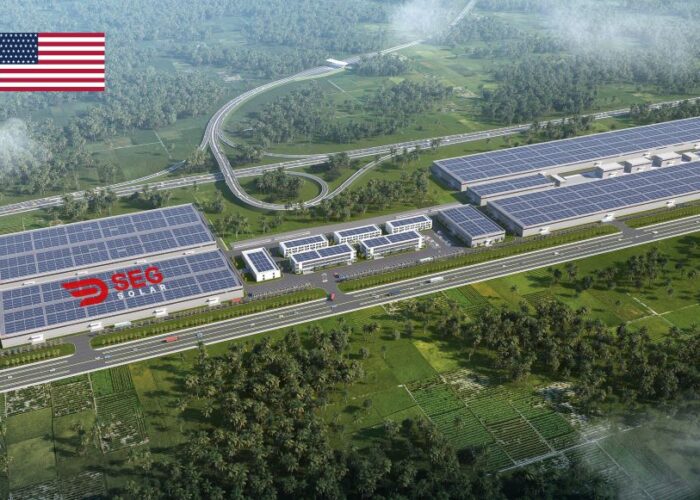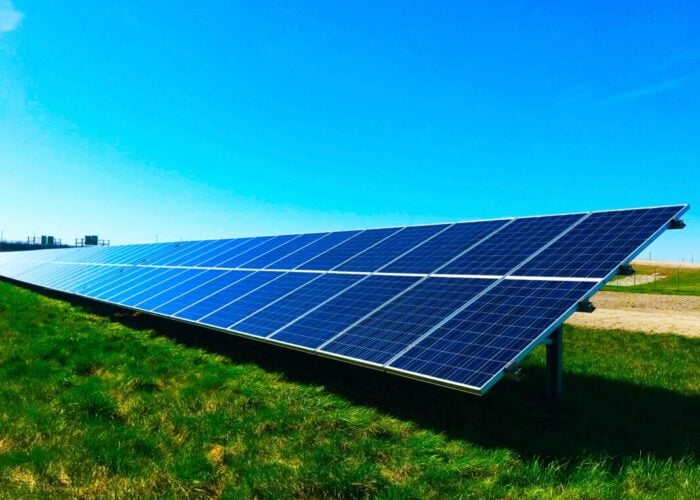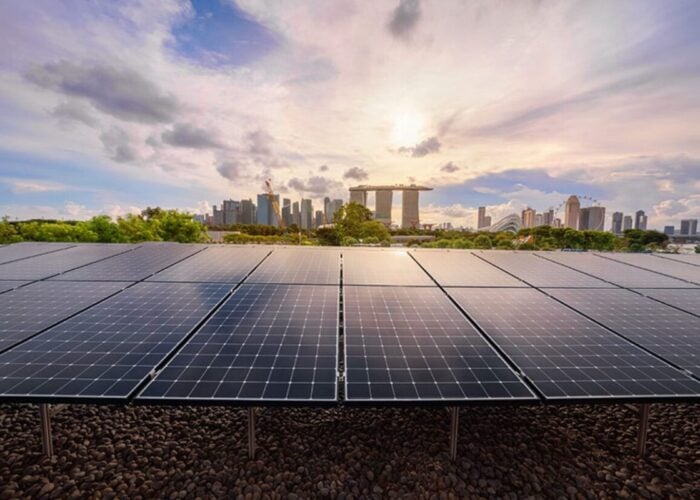Two recent reports, one from credit rating and investment advisory agency Moody’s, the other from technology and tech market analysts Navigant Research, appear to show divergent views on the potential of distributed energy storage, including residential solar-plus-batteries.
Moody’s Investor Service has released a report arguing that in the US, the cost of pairing solar with batteries and the changes in lifestyle required by homeowners to do so will remain prohibitive enough that mass “grid defection” is unlikely to become reality anytime soon. Navigant meanwhile has predicted a big future for the technology within a decade.
Try Premium for just $1
- Full premium access for the first month at only $1
- Converts to an annual rate after 30 days unless cancelled
- Cancel anytime during the trial period
Premium Benefits
- Expert industry analysis and interviews
- Digital access to PV Tech Power journal
- Exclusive event discounts
Or get the full Premium subscription right away
Or continue reading this article for free
Adding to the volume of reports on the subject from leading financial institutions, the Moody's report “Batteries are coming but utilities are not going away”, published last week, claims that while battery costs are falling, storage poses “little risk that residential customers will defect from US utilities”.
In December, a report from Accenture argued that solar-plus-storage is one of a number of disruptive technologies that could hit utility revenues by as much as US$130 billion annually within the decade. Meanwhile, the bank Barclays in May of last year advised that solar PV-generated energy coupled with storage presents a long term disruptive risk to electric utilities in the US.
A vice president-senior analyst at Moody’s, Toby Shea, explained the company’s position.
“We believe the cost of batteries in a solar-battery system is still an order of magnitude too expensive to substitute for grid power. The capital cost of batteries today is closer to US$500-600 per kWh. Thus, when we say that battery costs need to be lower by an order of magnitude, we effectively mean costs in the range of US$10-30 per kWh.”
Apparently reiterating an argument which is often made in the US by utilities themselves and the groups that lobby on their behalf, the investor advisory service said utility business models would be “challenged” by the transference of fixed grid costs away from those that had “defected”, onto the utilities’ remaining customers. Mass defection could also damage the credit ratings of utility companies, Moody’s said.
Also arguing that net metering in the US, which requires a grid connection, is prevalent and popular enough to prevent even those with PV from looking at installing batteries, Moody’s claims the number of solar rooftops also remains low, although “growing rapidly”.
Navigant Research meanwhile, headquartered in Colorado, has said that the adoption of commercial and residential storage in 2014 “far exceeded industry expectations for growth and market volume”. The Navigant report takes a global outlook and does not focus exclusively on storage paired with solar but instead looks at distributed energy storage in three sets of circumstances: residential energy storage with and without PV, community energy storage at the distributed transformer level and commercial energy storage.
The Navigant report claims annual revenues from distributed storage will reach US$16.5 billion by 2024 from the US$452 million a year it was worth last year, earmarking residential and commercial storage in particular for “significant growth in the coming years”. The rise in revenues will be matched by a vast ramping up in deployed capacity of distributed storage, from 171.9MW in 2014 to 12,147.3MW in 2024, the analysis team said.
The Navigant report acknowledges the challenges posed by cost reduction, as well as talking up the importance both from a technical and business perspective of using advanced software, controls and “integration expertise”.
While the Moody’s report also said full grid defection requires much bigger batteries than are commonly available and claimed electricity usage is much more volatile than has been taken into account by some other studies, also claiming that consumers are too accustomed to the convenience of grid power to defect completely.
However, although many solar companies are starting to offer storage, often as part of an “all-in-one” solution that includes a PV array and energy management system, it is rare to find advocates of total grid defection en masse using solar-plus-storage.
Executives at SunPower and SolarCity, two of the biggest companies in US residential solar, have denounced the idea of 100% off-grid living. SolarCity technical officer Peter Rive said that there should be more synergy between solar companies and utilities in a blog on the company’s website, a position company spokesman Will Craven explained to PV Tech Storage in an interview earlier in the year.
“…Utilities are often best positioned to kind of direct stored energy when and where it’s needed and we are perfectly willing to engage in discussions with utilities on how to enable them to utilise behind-the-meter or customer-side storage to manage the grid, for example at peak times when it’s under strain,” Craven said.
“So, we see opportunity. It’s going to require some creative thinking on their [utilities’] part.”






